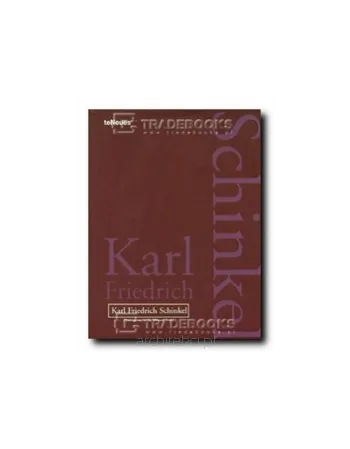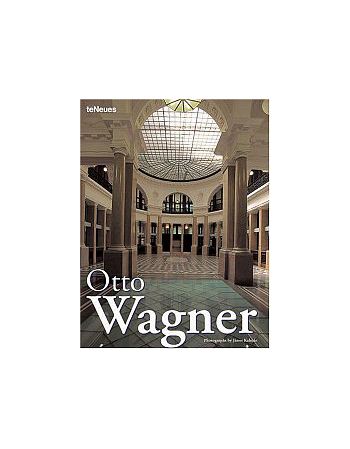Tropem słynnych architektów
Tropem słynnych architektów
Aktywne filtry
-
Wydawnictwo:
Te Neues
-
Wydawnictwo:
Te Neues
57,75 zł
Cena
Dostępność: na zamówienie
Karl Friedrich Schinkel (1781–1841) - jest uważany za jednego z najlepszych architektów w historii Niemiec. Jako malarz, rysownik, designer mebli, projektant wnętrz oraz scenograf, stworzył przykłady najlepszej sztuki XIX wieku. Książka w języku angielskim.
K. F. Schinkel (Prussia, 1781-Berlin, 1841) was appointed Surveyor to the Prussian Building Commission shortly after the Franco-Prussian war. He designed a series of buildings that became symbols of Prussia's cultural ambitions and national pride. The general disenchantment with France led Schinkel to design in a NeoGreco style that symbolically recalled the political and moral freedom of Athenian Greece.
57,75 zł
Cena
Dostępność: na zamówienie
Mario Botta (*1943, Switzerland) trained as a technical draftsman and was an assistant to Le Corbusier and later Louis Kahn. He has attempted to reconcile traditional architectural symbolism with the aesthetic rules of the Modern Movement.
Botta gained international acclaim for such buildings as the Capuchin convent in Lugano. In the 1980's, he designed the Museum of Modern Art in San Francisco.
This volume, part of the Archipockets’ series, is packed with dazzling four-color photographs of exteriors and interiors, detailed plans, generous layouts and brief, comprehensive texts.
57,75 zł
Cena
Dostępność: na zamówienie
Otto Wagner (Penzing near Vienna 1841-died Vienna, 1918) studied in both Berlin and Vienna. He was put in charge of the general plan for Vienna, under the authority of the City Hall’s Higher Committee for Construction. The principal objective was to set up a railway system and to control the Danube River. He was the mentor of Josef Hoffman and Josef Maria Olbrich. At the end of the century, during the Secession of Vienna, he worked on a number of projects, including houses for Linke Wienzeile, the Zeit telegraph office and the Postal Savings Bank (Postsparkassenamt). He was also the designer of the Steinhof Church and the second Wagner villa, among other buildings.



